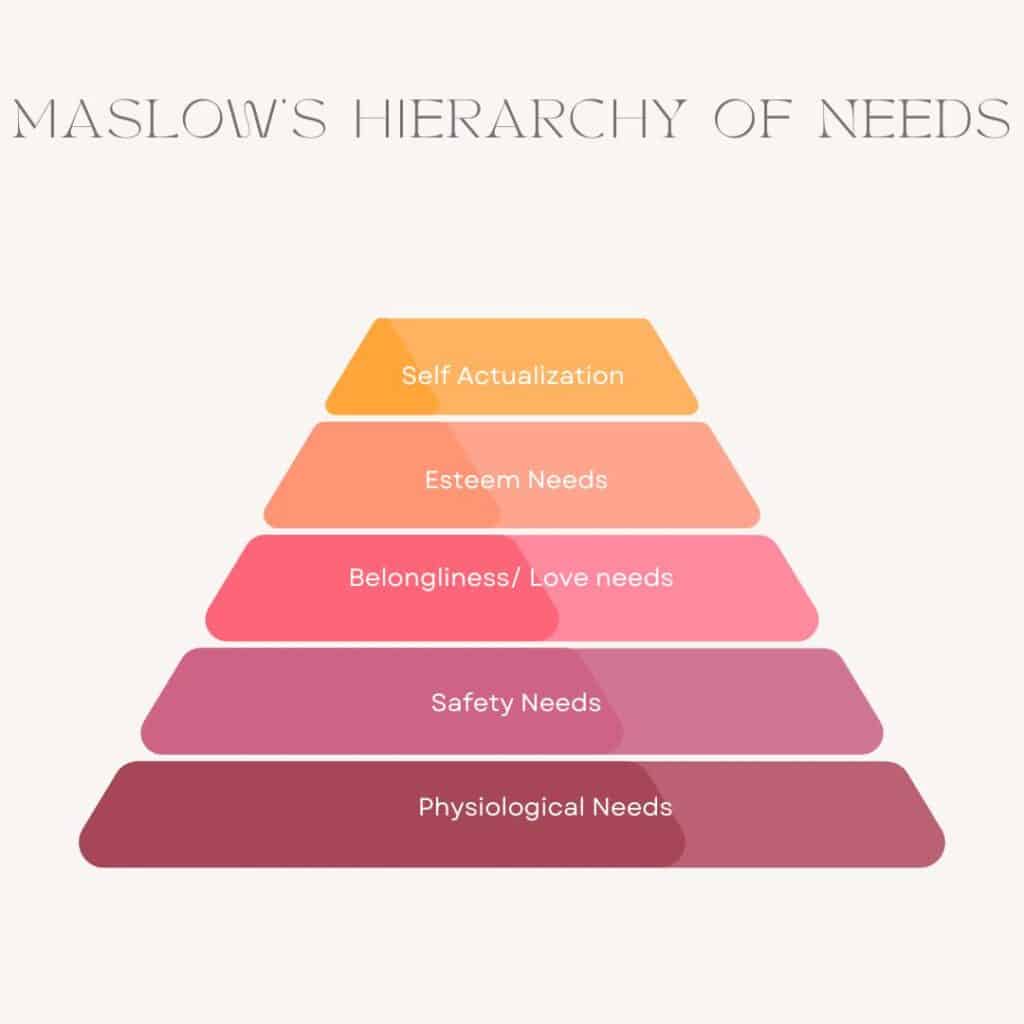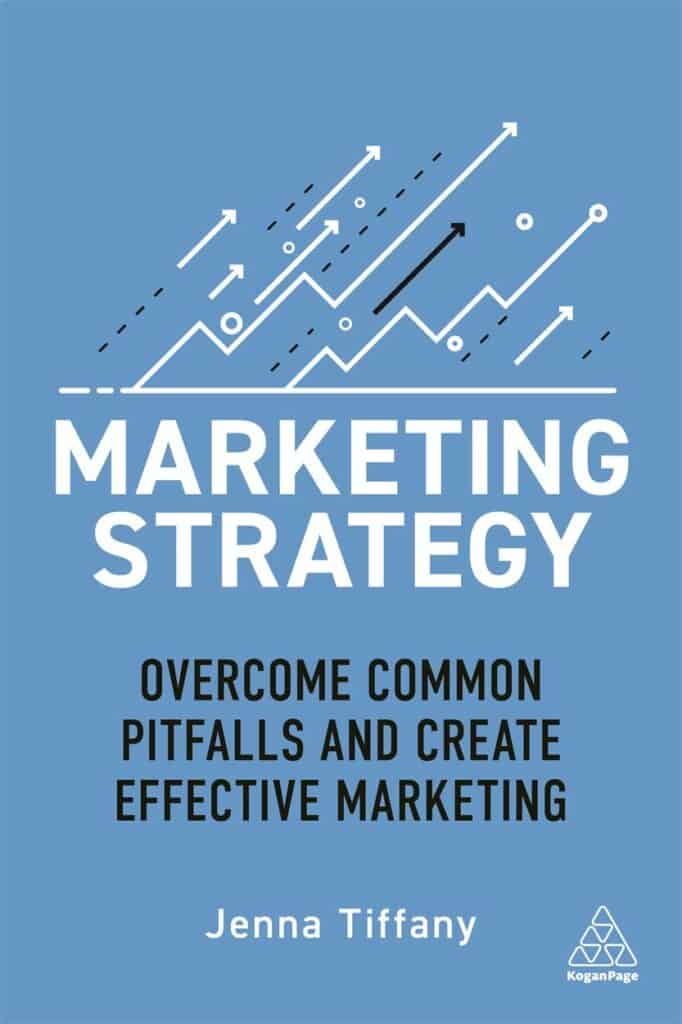The R in STRATEGY stands for Reach – and it’s all about getting to know your customers.
Customers have always been the most important element of any marketing strategy. For as long as marketing has existed, customer research has been top of the priority list.
But, in today’s crazy world, customer research is more complicated than ever. As I put it in my book, ‘Marketing Strategy’;
“Constant developments in technology and devices have both led to changing marketing environments. This, in turn, has led to swift changes in customer behavior, loyalty, and focus. Who would have thought even three years ago that you’d be able to read an email through a smart speaker?”
What’s fascinating is the pace of change in modern consumer mindsets. Things go from unthinkable to normalised (and sometimes back again!) within the space of a few months.
In my book I used the example of location-tracking, which was thought of as creepy ‘Big Brother’ technology when first introduced, but quickly became indispensable. Where would we be today without Google Maps?
The speed of this change can be unsettling to marketers who are set in their ways. But, if you’re willing to dive a bit deeper into consumer psychology, there’s actually some pretty interesting stuff going on.
Here, I’m going to take you through something called the ‘Hierarchy of Needs’, and how you can use it to both better understand your customer and to predict their future needs.
Marketing with the Hierarchy of Needs
The Hierarchy of Needs was proposed by American psychologist Abraham Maslow in 1943. It’s a five-tiered pyramid which shows the position, need-level, and relative urgency of human needs. Each level must be satisfied before a person can move on to the next.

For example, if someone is cold, they will, they will prioritise turning on the heating or putting on a jumper over moving up the pyramid towards self-actualisation..
Maslow’s hierarchy was all about describing human survival motivations – but the same principles can easily be mapped onto marketing.
Let’s go back to that location tracking example. Initially, people were wary of adopting GPS technology. However, once it began to play a part in the hierarchy of needs, things quickly changed.
When Google Maps (for example) began using location tracking technology to fulfill a tangible customer need – i.e. making navigation a whole lot easier! – that hesitancy began to disappear. And the more that brands marketed their location-tracking tech as fulfilling needs, the less people worried about it.
Brands continued to point out that location tracking tech could keep you safe (by letting your friends and family know where you are), help you fulfill your physiological needs (by showing you where the nearest restaurants, hotels etc were), help you to form stronger connections (by keeping you to meet up with your friends), give you prestige and feelings of accomplishment (for example, by getting you to job interviews on time), and even bring self-actualization (for example, by helping you out on hikes in beautiful locations)
Now, thanks in part to the genuine value of location tracking tech, it has been integrated into the Hierarchy of Needs on multiple levels. Location tracking tech is an integral part of modern society.
And location tracking isn’t the only example of this. The closer you look, the more you realise that most (if not all!) modern tech that we consider indispensable has inserted itself into the Hierarchy of Needs in some way:
- Social media markets itself as fulfilling our need to belong.
- Smartphones fulfill pretty much all the needs in some way or another
- Digital/phone cameras help us to gain esteem and to self-actualise. Many photo apps also market themselves as helping people to belong, with imagery showing groups of people taking selfies together, photographing parties etc.
So, to make a real impact on your customer, figure out where your product fits on their Hierarchy of Needs.
Of course, to do this, you will need to do some research into what, exactly, your customer needs in the first place.
Finding out what’s important to your customer
Your customers aren’t buying your stuff to do you a favour. They’re buying your stuff because they need it.
If your stuff stops fulfilling that need – or if they find something that does a better job of it – they will leave you.
This is where the Hierarchy of Needs gets really interesting. You see, if a brand has a great brand community it starts fulfilling the need for Belonging. This means that customers will stay with your brand for as long as it’s fulfilling that need – even if your actual product isn’t hitting the right notes any more.
But that doesn’t mean that brands with great communities should rest on their laurels. There’s always someone waiting in the wings, ready to take your slice of the market!
So, an ideal marketing strategy will position both your brand and your product as fulfilling your customers’ hierarchical needs.
To do this, you need to find out what those needs are.
How can you do this? Well, stay tuned – because that’s the subject of my next blog!
Or, if you can’t wait that long, you can find out everything you need to know and more in my multi-award winning Marketing Strategy book!


